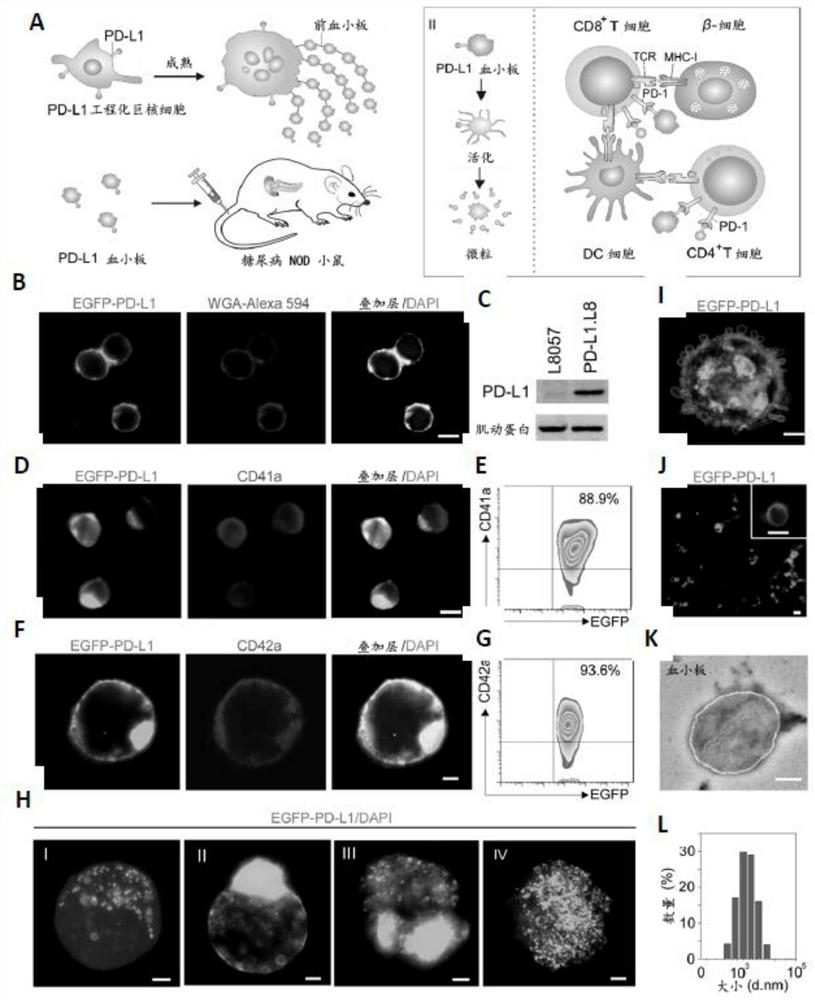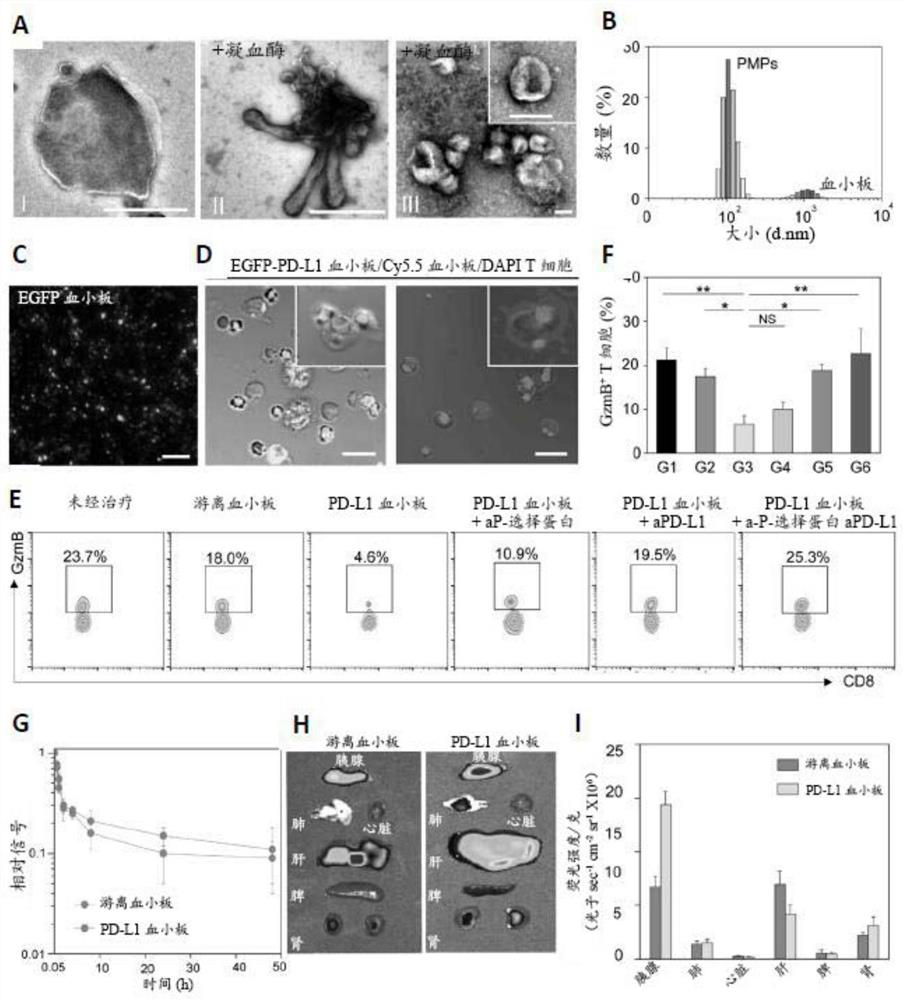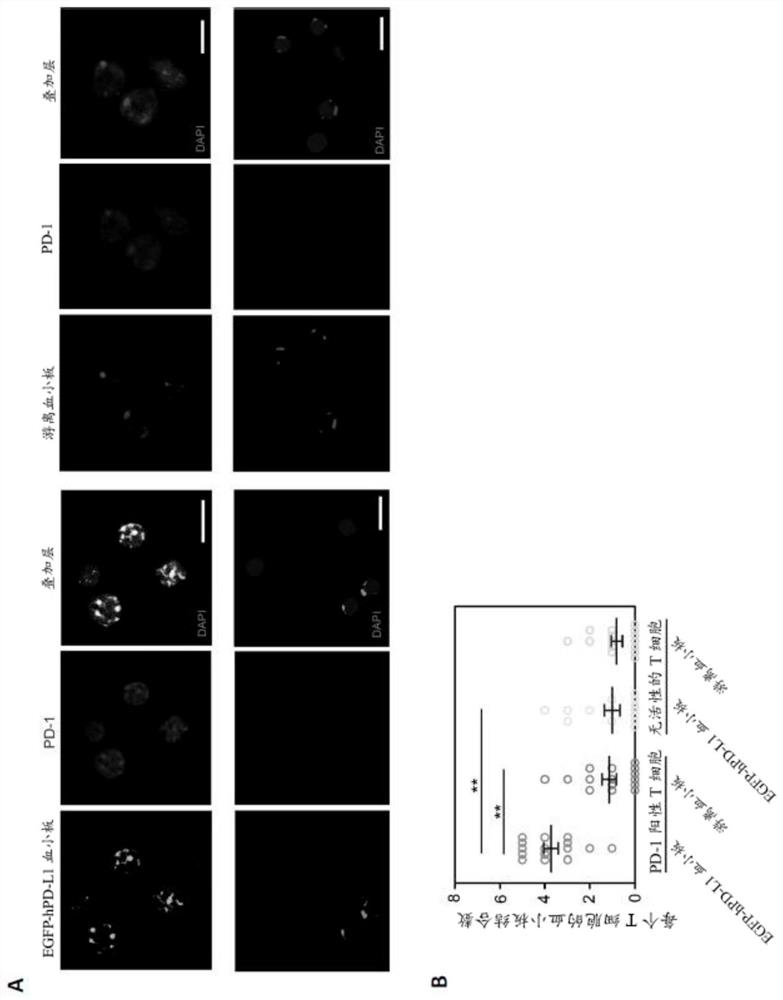PD-L1 presenting platelets reverse new-onset type 1 diabetes
A technology of PD-L1 and platelets, applied in the direction of retroRNA virus, resistance to vector-borne diseases, viruses, etc., can solve problems such as adverse reactions and safety
- Summary
- Abstract
- Description
- Claims
- Application Information
AI Technical Summary
Problems solved by technology
Method used
Image
Examples
example 1
[0072] a) Results
[0073] (1) Establish a megakaryocyte (MK) cell line stably expressing PD-L1.
[0074] Platelets are initially released into the blood from mature MK residing in the bone marrow. For the generation of platelets in vitro, the murine MK progenitor cell line L8057 was used. L8057 cells undergo a process of maturation, differentiation and platelet release after stimulation with 12-myristate 13-phorbol acetate (PMA). To genetically engineer L8057 cells stably expressing PD-L1, L8057 cells were infected with a lentivirus encoding murine PD-L1. Subsequently, infected cells were selected with puromycin to obtain stable cell lines. EGFP-PD-L1 was overexpressed and localized on the cell membrane of L8057 cells as shown by the cell membrane dye Alexa Fluor 594-conjugated wheat germ agglutinin (WGA594) (Fig. 1b). The expression of EGFP-PD-L1 in L8057 cells was further detected by Western blotting (Fig. 1c). Furthermore, the MK cell marker CD41a was detected on EGFP...
PUM
 Login to View More
Login to View More Abstract
Description
Claims
Application Information
 Login to View More
Login to View More - R&D Engineer
- R&D Manager
- IP Professional
- Industry Leading Data Capabilities
- Powerful AI technology
- Patent DNA Extraction
Browse by: Latest US Patents, China's latest patents, Technical Efficacy Thesaurus, Application Domain, Technology Topic, Popular Technical Reports.
© 2024 PatSnap. All rights reserved.Legal|Privacy policy|Modern Slavery Act Transparency Statement|Sitemap|About US| Contact US: help@patsnap.com










